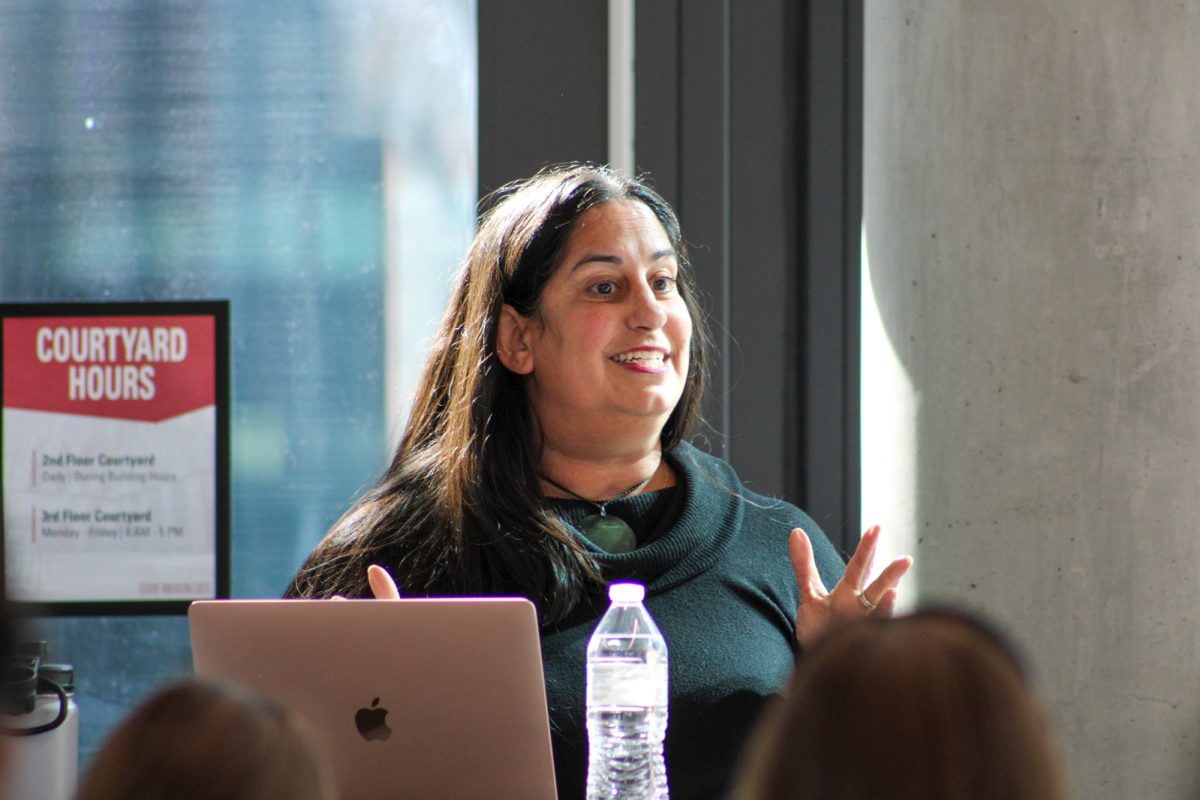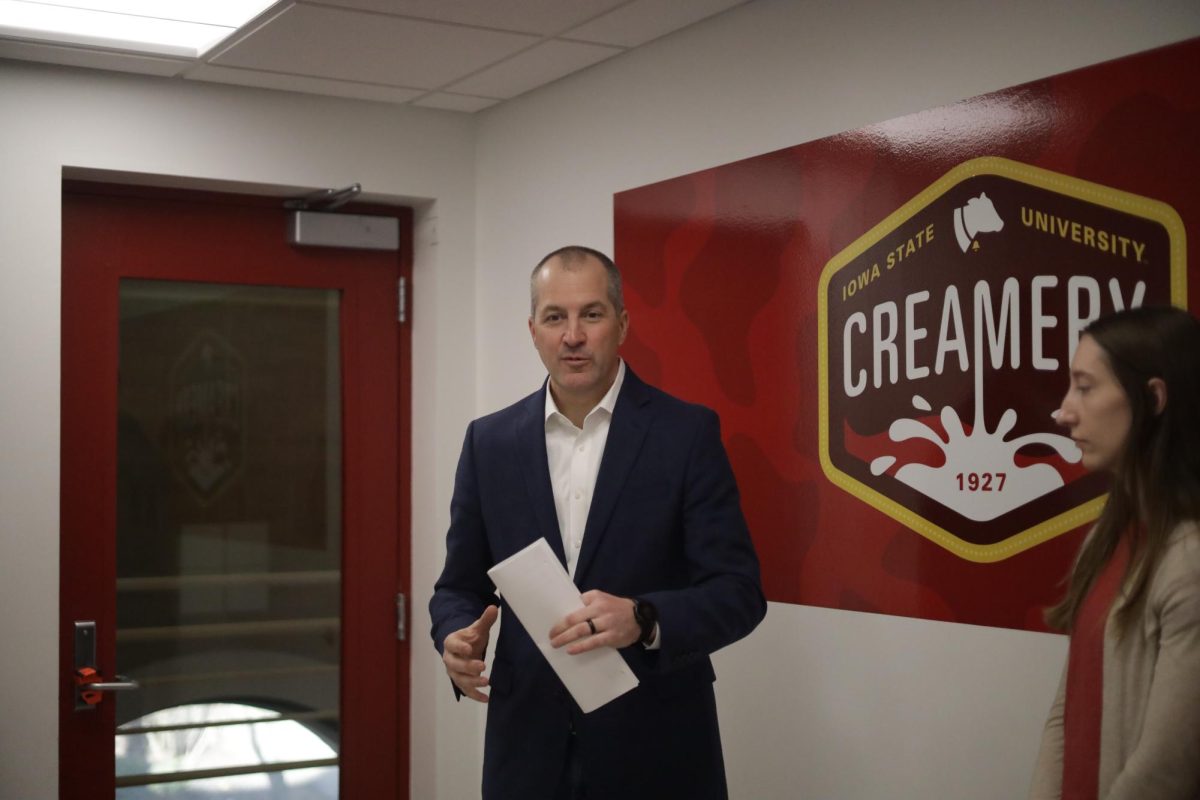Guest Column: Wall Street protests show again that political consensus is necessary
October 12, 2011
When I was in graduate school at Columbia University in New York, the United States was undergoing painful times.
Race relations were poor and the civil rights movement culminated with the assassination of Martin Luther King in 1968.
A difficult war in Vietnam was eating up American coins, lives and lots of Vietnamese people in places most Americans didn’t know existed. The theory that if Vietnam fell to communism then, like dominoes, all of Southeast Asia would fall no longer sounded plausible. Soldiers, drafted by age and eligibility were often serving reluctantly. Drug abuse and killing their own officers — “fragging,” deliberate death by fragmentation grenade — were both becoming troubling signs that things were not right. The hardy Viet Cong, fighting in its own country, proved to be a difficult enemy for America’s mighty military to defeat.
Protests against the war were punctuated by urban riots in black neighborhoods. Those against the war were often pitted at demonstrations against those who saw the war as patriotic and who deemed the demonstrators as “America Haters” and “long-haired, dope-smokin’ hippies.”
At Columbia University there had been some protests against the war, and there was racial tension because the campus was located on the edge of the black and Puerto Rican neighborhood, Harlem.
These forces came together in the hot spring of 1968 when documents were discovered that the university was doing research for the Department of Defense directly related to the war. A “radical” group, Students for a Democratic Society, launched a major event that resulted in multiple university buildings, including the office of the president, being invaded and occupied by the students. Black students, protesting against the construction nearby of what was seen as a segregated gymnasium, took over another building.
The campus was paralyzed. The police were everywhere. Pro-war demonstrators clashed downtown and on campus with anti-war marchers. The environment was extremely tense as left and right polarized. The New York police eventually extracted the students and arrested them, often with a lot of resistance, bloody heads and tear gas.
As a married student with a child at the end of my class work, I took no sides but was an interested observer. It made my political science studies leap from the musty classrooms, library, textbooks and journal articles to something very real right in front of my eyes. I came to realize that sometimes politics is not about “nice.”
The political establishment, dominated by Democrats and President Lyndon Johnson, was guided in its foreign policy by the principles of the Cold War. Communists are the enemy of the West. The Soviet Union and China will use “proxy” nations to extend the reach of communism. They have to be “contained” wherever this is happening — Korea, Cuba, Vietnam. Since these principles were written by America’s “best and brightest” minds, many from Harvard and other elite schools, these policies must be right.
There was also great suspicion of the “military industrial complex” of which President Dwight Eisenhower had warned when he was in office. Profits from war for many American corporations were seen as immoral and as adding to the persistence in fighting in Southeast Asia.
In 1968, the nation was so angry and divided that a demoralized Johnson decided not to run for re-election. The Democratic National Convention in Chicago was marred by great violence when Mayor Richard Daley launched his police into the demonstrations.
The SDS students morphed into an even more radical movement. The SDS Weathermen went the terrorist route. The group accidentally blew up a brownstone house where it was making bombs in New York. Then the SDS proceeded to bomb many federal buildings and other facilities in an effort to overthrow the government of the United States.
Eventually, the civil rights and war divisions in America healed. But the potential for future protests has always been there, based on anger at politicians, endless wars, uncertainty about the future, a terrible economy with startling joblessness, groups with genuine hatred of the United States and opposition to “big, bad corporations” (Wall Street banks and others) that supposedly put profit before people.
Unless we can find a new consensus, clean up the discredited political process and get the economy moving quickly, the danger of peaceful protests sparking another 1968 is there. I know. I lived through it.






